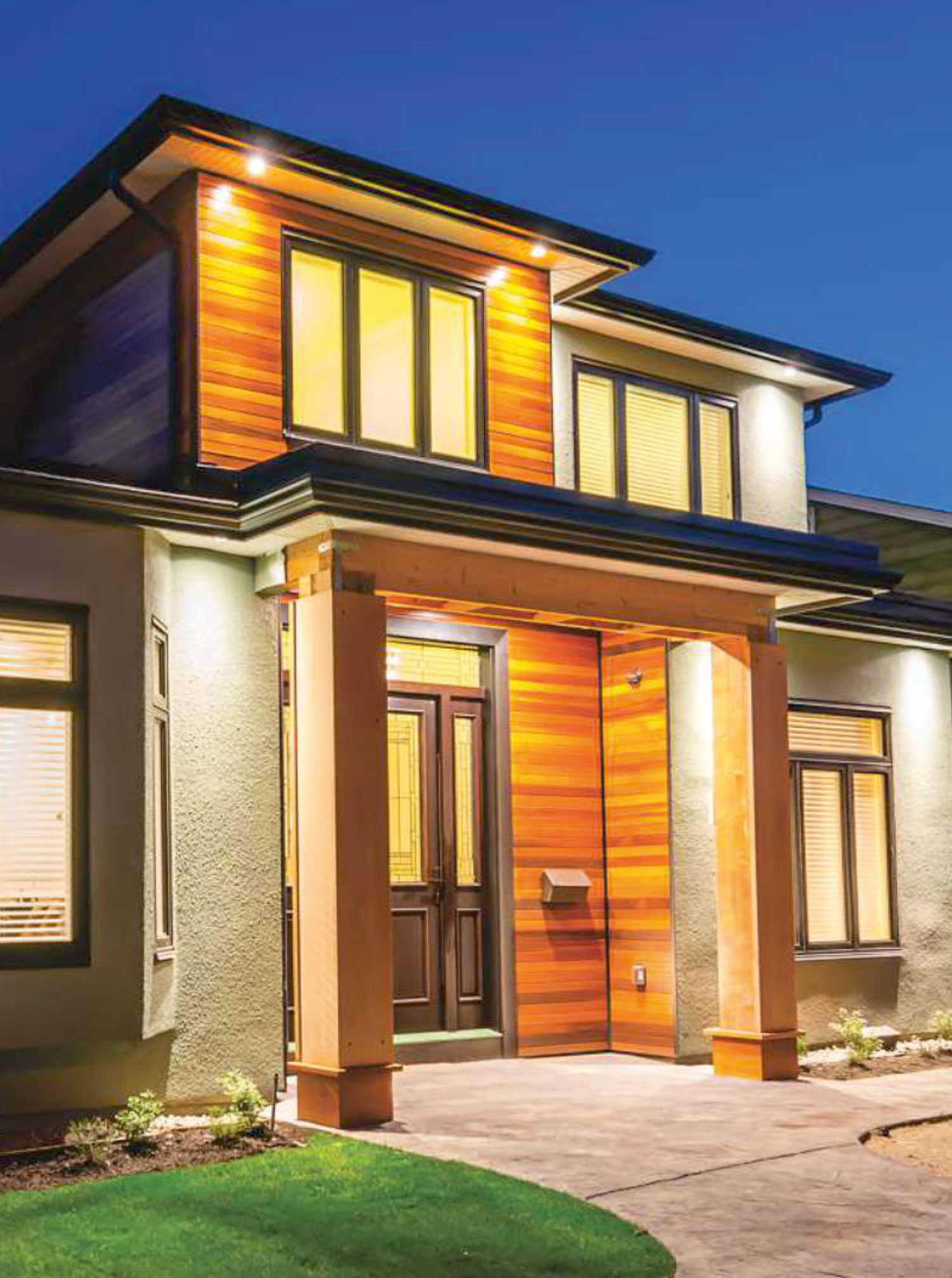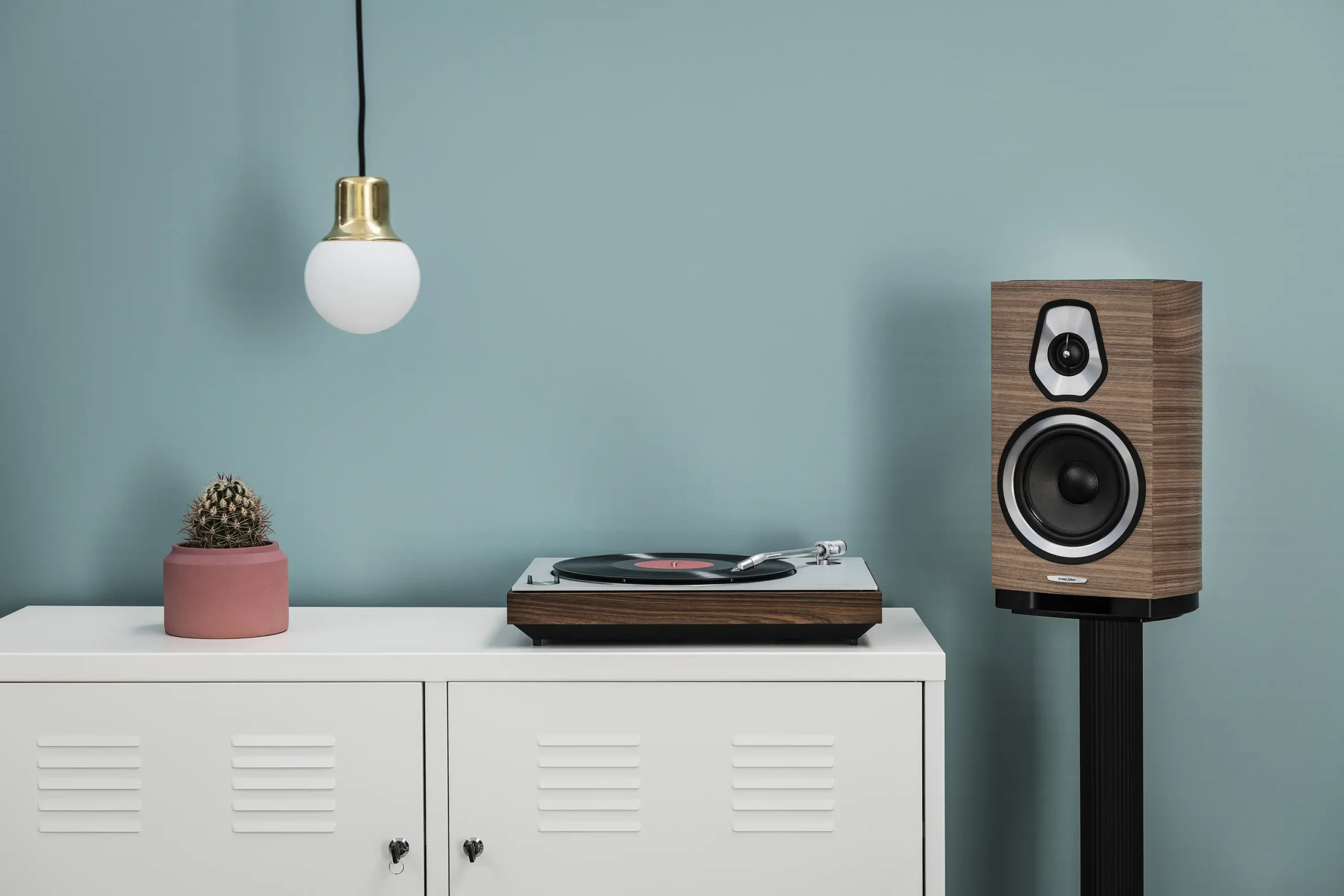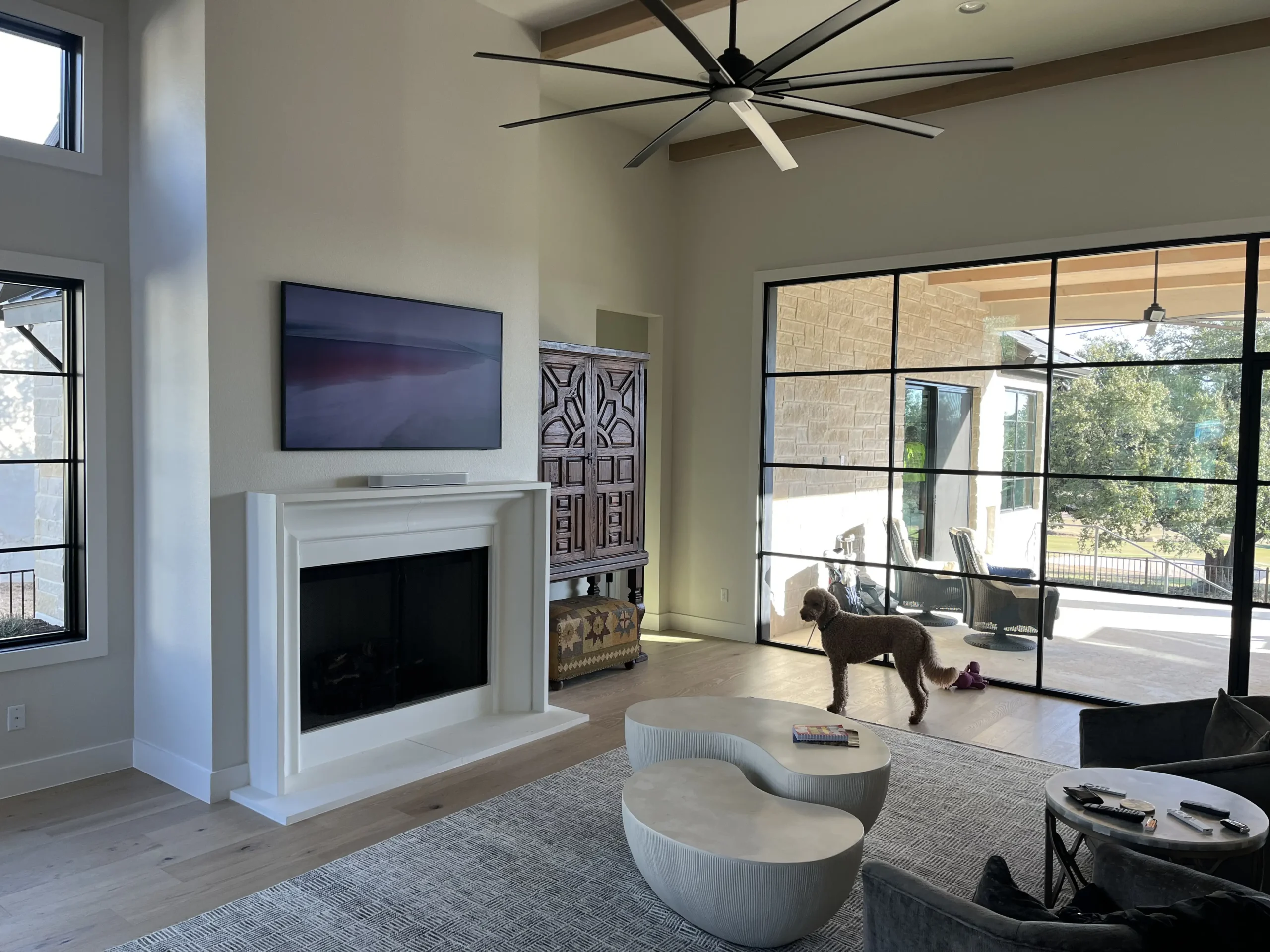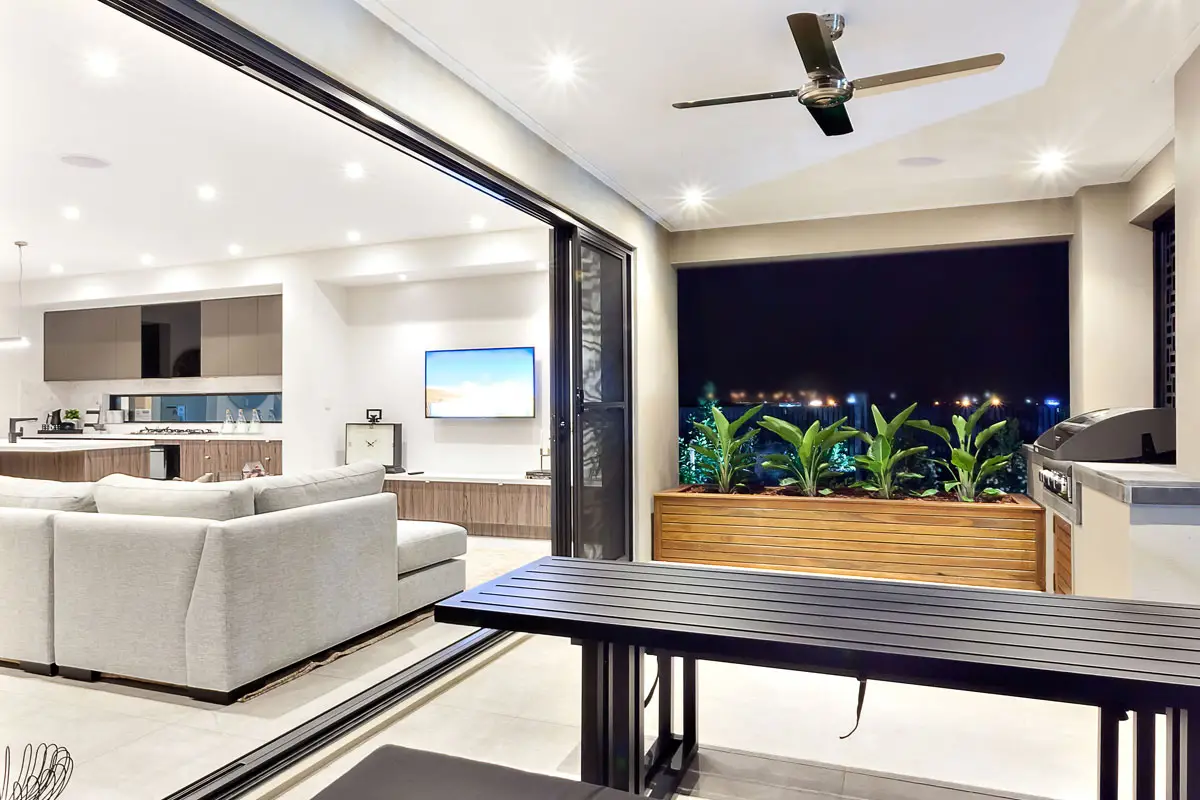
IT STARTS WITH US.
Welcome to My Smart Home Speaker When it comes to superlative quality Products and unmatchable standards of service to the customers, nothing can beat Smarthomespeaker. We design and build innovative products by understanding the specific requirements of each of our clients and giving them a majestic experience with our smart technologies and super functionality!






